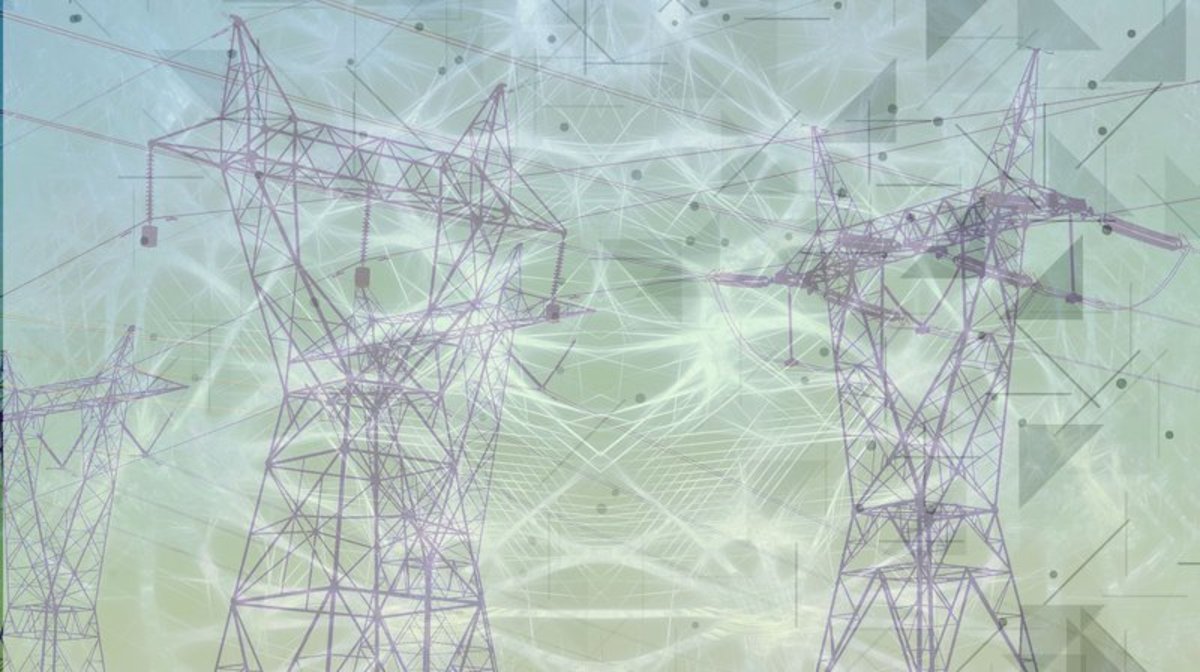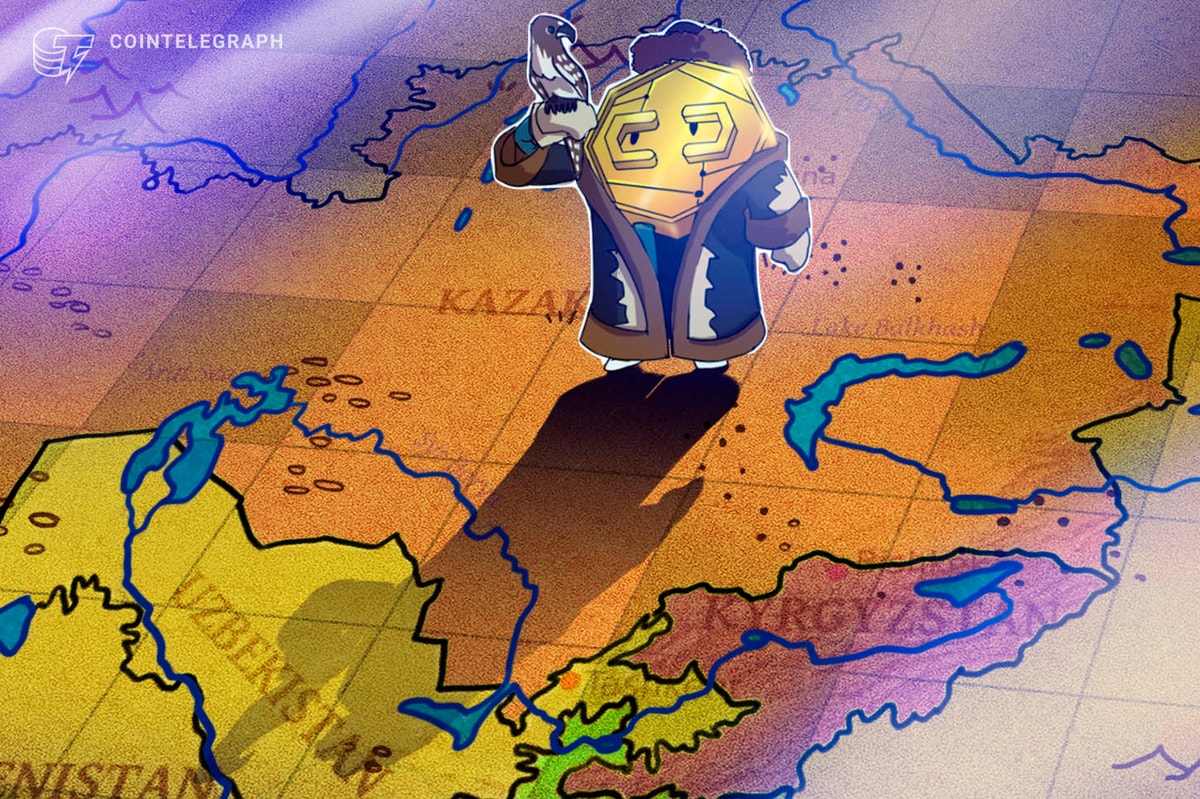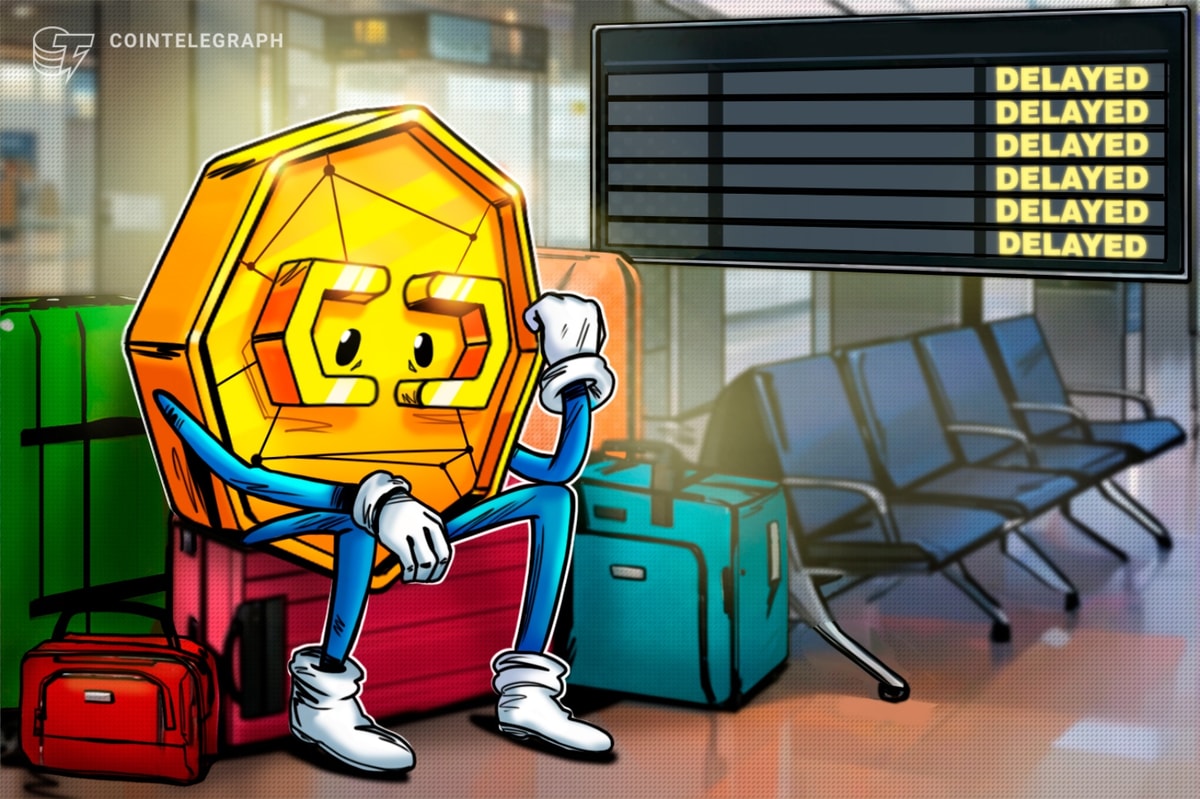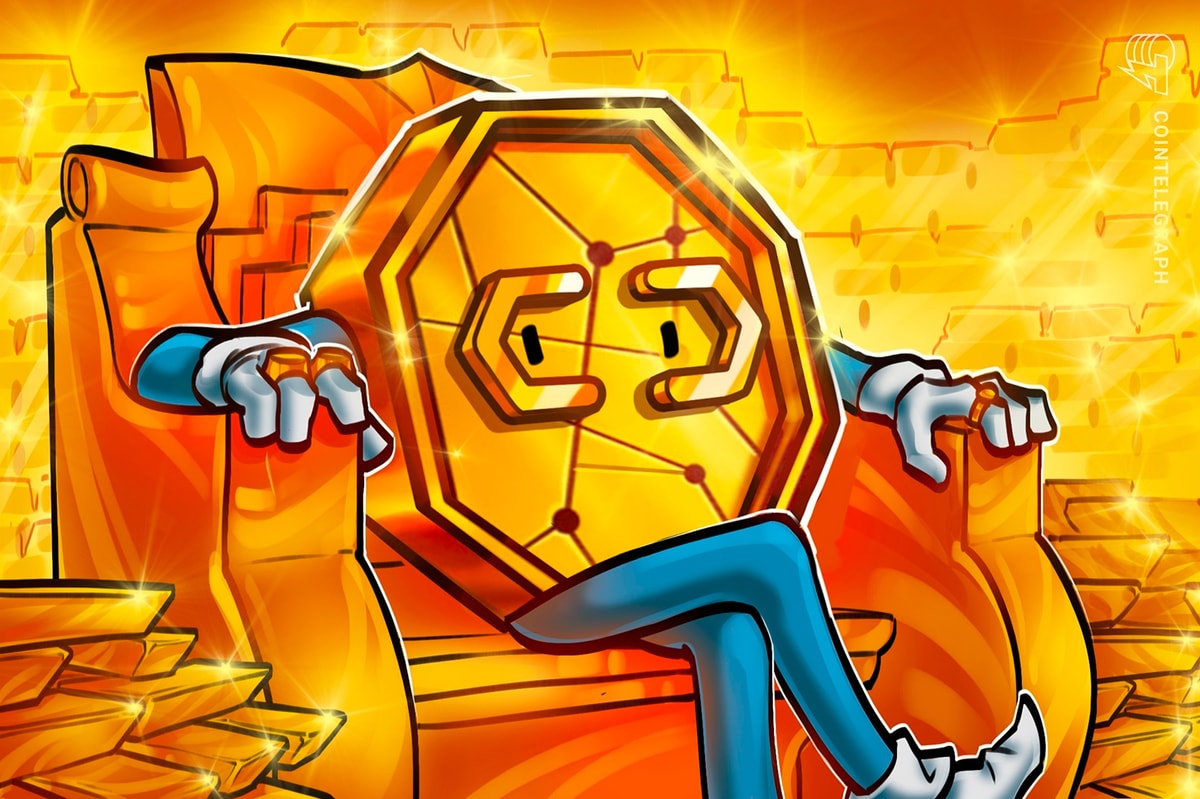
As moonshot projects in the distributed world abound, it’s not surprising to see the energy sector jumping into the fray. This comes as the heavily regulated power industry eyeballs new approaches for allowing consumers to generate and sell electricity in various locales worldwide.
It’s here that blockchain technology is increasingly being seen as a potential, low-cost means for delivering energy transactions across a distributed network without need for a centralized authority. In fact, some surmise that blockchains may one day eliminate the need for intermediaries altogether, thereby allowing a more free market approach to energy distribution.
Blockchain tech could also boost efficiency by serving as the backbone for “smart grid” systems, automatically identifying and addressing network hitches that may arise. Moreover, when tethered with the Internet of Things (IoT) movement, energy devices such as those used for heating, cooling, ventilation, electric vehicles, solar installations and even batteries will be able to interact with one another, resulting in greater cost savings.
Not to be overlooked is the enhanced cybersecurity element that blockchain technology offers for an industry that has become increasingly susceptible to cyberattacks.
Despite blockchain technology’s potential utility, industry adoption may pose a number of gritty challenges. For starters, the energy grid is fraught with complexity associated with managing the process continuum of materials management, energy generation and delivery. Moreover, prevailing recordkeeping and data management systems remain cumbersome, resulting in costly missteps when it come to energy trading and asset ownership tracking.
Global Experimentation Abounds
As the intersection between blockchain technology and the energy sector advances, experimental demonstration projects are taking shape throughout the world.
Last year, the blockchain-centric Brooklyn Microgrid project, a peer-to-peer energy market for local renewable energy generation, attracted quite a bit of media attention. The intent of the startup is to deliver solar panels to this New York borough’s rooftops, allowing local residents to purchase and offload electricity within their community. This initiative allows for a system that bypasses power companies, thereby creating a generation-and-storage ecosystem that works in a more independent and efficient manner.
In another example, Austria’s largest regional utility company, Wien Energie, in collaboration with the Canadian blockchain startup BTL Group has engaged in a blockchain trial run targeting energy trading with two other utilities. The objective? To gather a repository of knowledge about blockchain technology, assessing the viability of it and relevant business models for the industry. This pilot ran from March to May 2017 and is expected to generate a set of new commercial strategies to explore.
Additionally, the SP Group, Singapore’s energy provider, will be developing blockchain solutions in partnerships with other providers throughout the world, with the goal of lowering consumer utility costs in that nation. This initiative is also intended to create simpler mechanisms for integrating new renewable energy sources into the mix.
Andre De Castro, founder of the NY-based Blockchain of Things and Catenis Enterprise — which delivers blockchain solutions for simplifying and accelerating secure global peer-to-peer edge device messaging, digital asset control, and recording of immutable data — tells Bitcoin Magazine that blockchain technology is just the beginning foundation for advancing the energy sector. “Having a distributed database doesn’t necessarily get you a trading system or an application. So what’s really needed is an application layer on top of the blockchain, to get real-world solutions.”
De Castro says that his company enables the creation of digital assets, more commonly known as tokens, that can be applied to energy units across endpoints to create new business models for energy markets. “Everything is moving toward more open exchanges when it comes to the energy industry. Therefore consumers will soon be able to choose their own energy providers and even resell energy to their neighbors in certain areas of the world.”
He notes one additional benefit to the advancements, namely that the global Bitcoin blockchain is incredibly secure due to the fact that transactions can be cryptographically verified, thereby protecting critical assets on the energy grid. “This addresses a major challenge that currently exists today involving utility systems where there is a reliance on centralized cloud servers. What we’ve developed at Catenis with the blockchain allows for decentralization and the elimination of central points of failure that could affect big swaths of the energy grid.”
Ultimately, De Castro sees a day where blockchain technology will foster the creation of more flexible business models for exchanging power in open markets and selling that power back to the main energy grid. He also believes that this will open up immense opportunities in the clean energy space, welcome news for the eco-friendly movement. “I believe that control mechanism allowing digital tokens to be mapped will become more common resulting in lower energy costs while making peer-to-peer exchanges more efficient.










